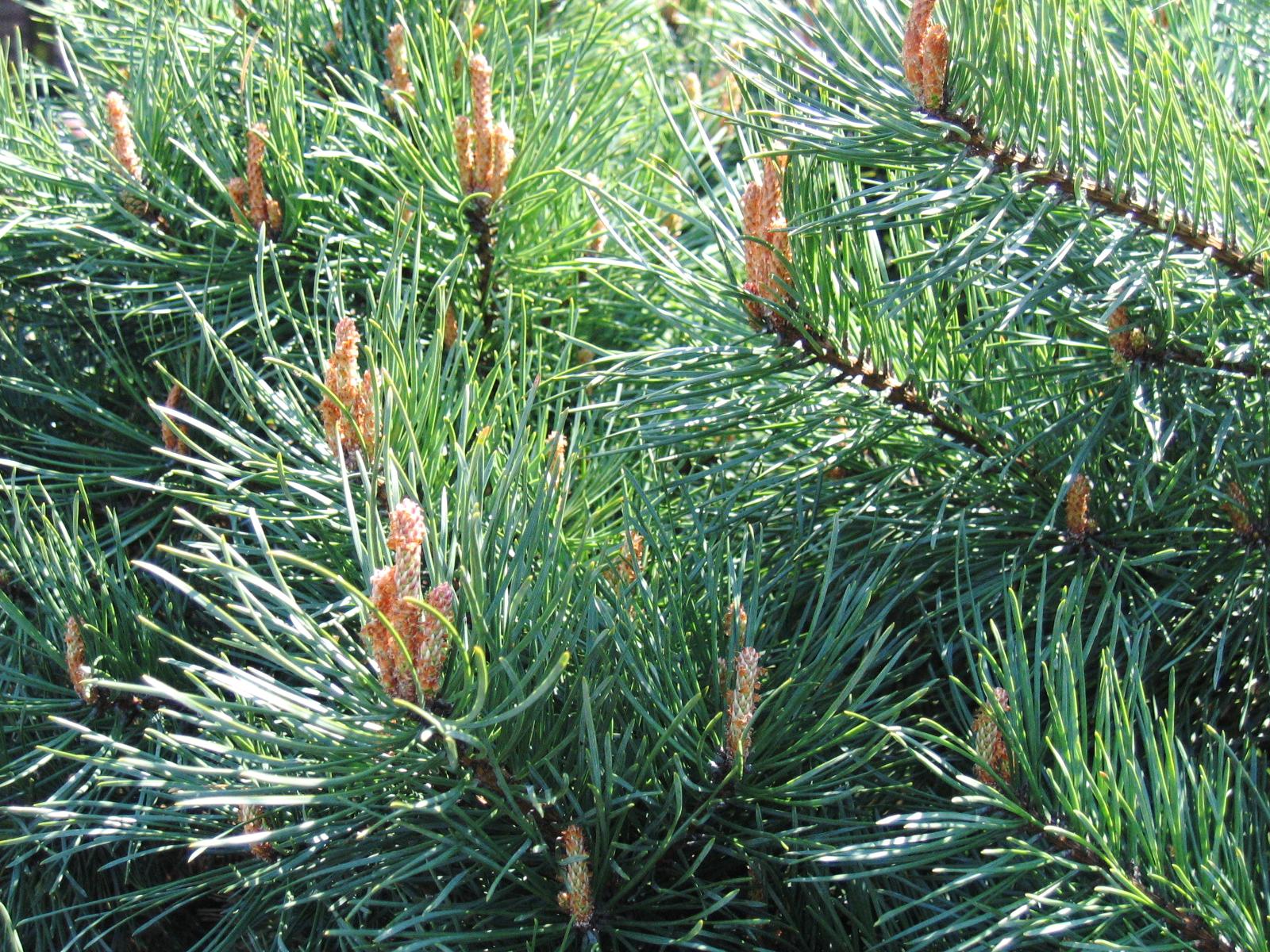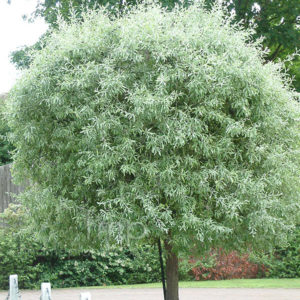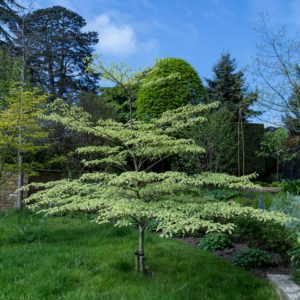Pinus sylvestris
Price range: €275.00 through €1,650.00
Frequently Bought Together



Description
Quick Facts
- Common Name: Scots Pine, Scotch Pine
- Botanical Name: Pinus sylvestris
- Plant Type: Evergreen conifer tree
- Mature Height: 15-25m
- Mature Spread: 6-10m
- Flowering Period: May (cones develop)
- Flower Colour: Yellow male cones, green female cones
- Foliage: Blue-green needles in pairs, twisted
- Hardiness: RHS H7 (very hardy)
- Soil Requirements: Well-drained, tolerates poor and acidic soils
- Aspect: Full sun
- Maintenance: Low
Description
Discover the timeless beauty of Pinus sylvestris, the iconic Scots Pine that brings native character, year-round structure, and distinctive architectural presence to your garden with its striking blue-green foliage and magnificent orange-red bark. This outstanding native conifer offers exceptional ornamental value—distinctive twisted needles in blue-green tones that create soft texture throughout the seasons, a naturally picturesque form that becomes increasingly characterful with age, and spectacular flaking bark that reveals warm orange-red tones beneath, creating stunning winter interest that glows in low sunlight.
Throughout the year, this captivating tree displays its characteristic paired needles of blue-green to grey-green, each measuring 4-7cm in length and distinctively twisted, creating a soft, feathery appearance that sets this apart from other pines. The naturally irregular branching structure develops a flat-topped crown with age, creating the iconic silhouette associated with Scottish Highland landscapes. In spring, clusters of yellow male cones release pollen, whilst small green female cones develop into attractive grey-brown cones that persist on the tree. The bark is the true showstopper—on mature trees, the deeply fissured orange-red to cinnamon bark creates spectacular visual interest, particularly striking in winter when low sun illuminates the warm tones.
Native to Scotland and widely naturalized across Ireland and northern Europe, this remarkable conifer is Britain and Ireland’s only native pine species, with ancient Caledonian pine forests representing some of Europe’s most important woodland ecosystems. Exceptionally hardy and adaptable, Scots Pine thrives in Irish conditions, tolerating poor soils, exposure, coastal winds, drought, and urban pollution with remarkable resilience. The robust nature and wildlife value make this an invaluable choice for naturalistic plantings and ecological gardens.
Create stunning compositions by planting as specimen trees in large gardens, estates, or parkland where their picturesque form and bark can be fully appreciated. Magnificent in naturalistic woodland plantings, shelter belts, or groups for screening and wildlife habitat. Works beautifully combined with native birch, rowan, and oak for authentic Irish woodland character, or underplanted with heathers, bilberry, and native grasses that thrive in similar acidic, free-draining conditions. Excellent for wildlife gardens, providing habitat and food for red squirrels, crossbills, and numerous other species.
Caragh Garden Notebook
Planting: Space trees 8-10m apart for groupings or woodland plantings, or allow 10-12m for specimen placement. Plant container-grown specimens year-round, though autumn or early spring is ideal. Dig holes twice the width of the root ball but no deeper—pines prefer shallow planting. Do not incorporate organic matter as this species thrives in lean, poor conditions. Plant at the same depth as the container. Stake for the first 2 years if exposed. Water thoroughly initially but avoid overwatering.
Soil Preparation: Thrives in well-drained soil with pH 4.5-7.0. Exceptionally tolerant of poor, sandy, stony, and acidic soils. Prefers lean, free-draining conditions—avoid rich, moisture-retentive soils which can cause soft growth and disease. One of the best conifers for acidic heathland and sandy soils. Tolerates drought, exposure, and coastal conditions. Avoid only waterlogged sites. No soil improvement necessary—this pine performs best in challenging, nutrient-poor conditions.
Container Growing: Not suitable for long-term container growing due to size and extensive root system. Young specimens can be grown temporarily as bonsai or in very large containers for several years, but standard trees should be planted out within 2-3 years for best long-term health and to achieve full size, characteristic bark development, and picturesque form.
Seasonal Care: Requires minimal maintenance—naturally develops characterful form without pruning. Remove only dead or damaged branches as needed. Can be lightly shaped when young by pinching back new growth (candles) in spring by half to encourage denser growth and more compact form, though this is optional. Apply no fertiliser—lean conditions produce the best, most resilient growth and enhance bark colour. Water only during establishment or prolonged drought in the first 2 years. Once established, extremely drought-tolerant and requires no supplementary care.
Propagation: Propagate from seed collected from mature cones in autumn. Stratify seeds for 4-6 weeks before sowing in spring in free-draining, acidic compost. Germination can be slow and variable. Seedlings show natural variation in form and needle colour. Take many years to reach maturity. Most gardeners prefer to purchase nursery-grown specimens for guaranteed quality and faster establishment.
This magnificent native beauty brings such wonderful character to Irish gardens—that distinctive blue-green twisted foliage and especially that stunning orange-red bark on mature trees are absolutely breathtaking! Tough as nails, thrives in poor soils, and provides invaluable wildlife habitat. A true icon of our native landscape that becomes more picturesque and characterful with every passing year!






